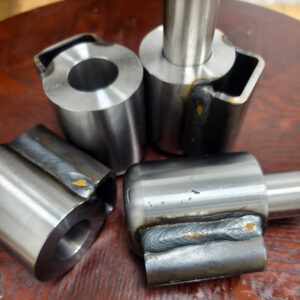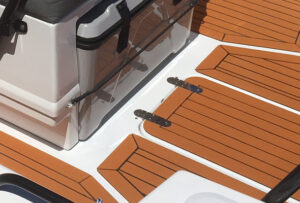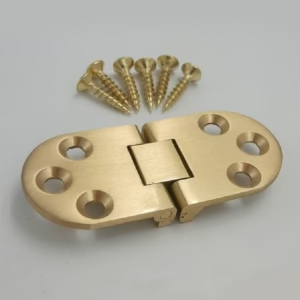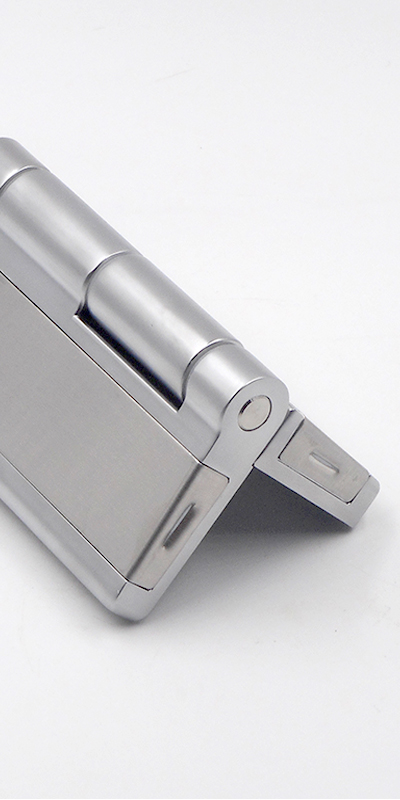In heavy industry, the wrong hinge choice can cause serious issues—misalignment, fatigue, and system downtime. These failures not only disrupt operations but also compromise safety in high-load applications. The solution lies in understanding how weld-on and bolt-on hinges differ in performance, installation, and durability, allowing engineers to select the right hinge for long-term reliability.
Weld-on hinges offer superior strength and tamper resistance for permanent industrial installations, while bolt-on hinges provide easier maintenance and adjustability for modular systems.
Let’s explore how each hinge type performs in demanding industrial environments.
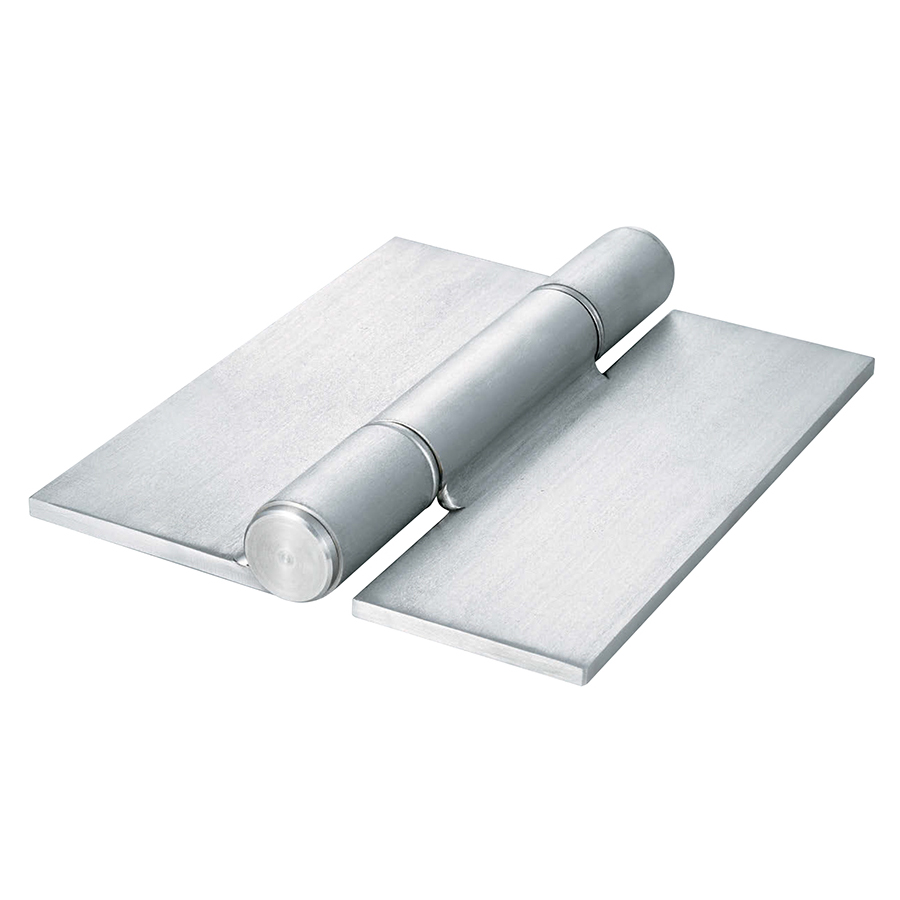
What Are Weld-On and Bolt-On Hinges?
Weld-on hinges are permanently attached to metal structures through direct welding, becoming an integral part of the frame. They are commonly used on heavy steel gates, industrial enclosures, and equipment doors requiring maximum rigidity. Bolt-on hinges, in contrast, use threaded fasteners for mounting, providing a detachable and adjustable solution for systems that need regular maintenance.
Weld-on types—such as Weld-on hinges in industrial applications—are preferred where vibration, weight, and security are major considerations. They are typically manufactured from carbon steel, stainless steel, or alloy steel. Bolt-on types are more common in modular or prefabricated equipment where installation speed and adjustability are key advantages.
Strength and Load-Bearing Capacity Comparison
When it comes to raw strength, weld-on hinges outperform bolt-on alternatives. The welded joint distributes load evenly across the frame, minimizing stress points and ensuring long-term alignment. This makes them ideal for heavy machinery covers, truck gates, and factory enclosures.
Bolt-on hinges, however, rely on the mechanical strength of bolts, washers, and base material. Under continuous vibration or cyclic loading, fasteners can loosen, especially if not reinforced. For this reason, applications demanding extreme load-bearing performance—such as industrial gates or lift-off access doors—favor welded hinges or Heavy Duty Continuous Hinges designed for uninterrupted stability across long panels.
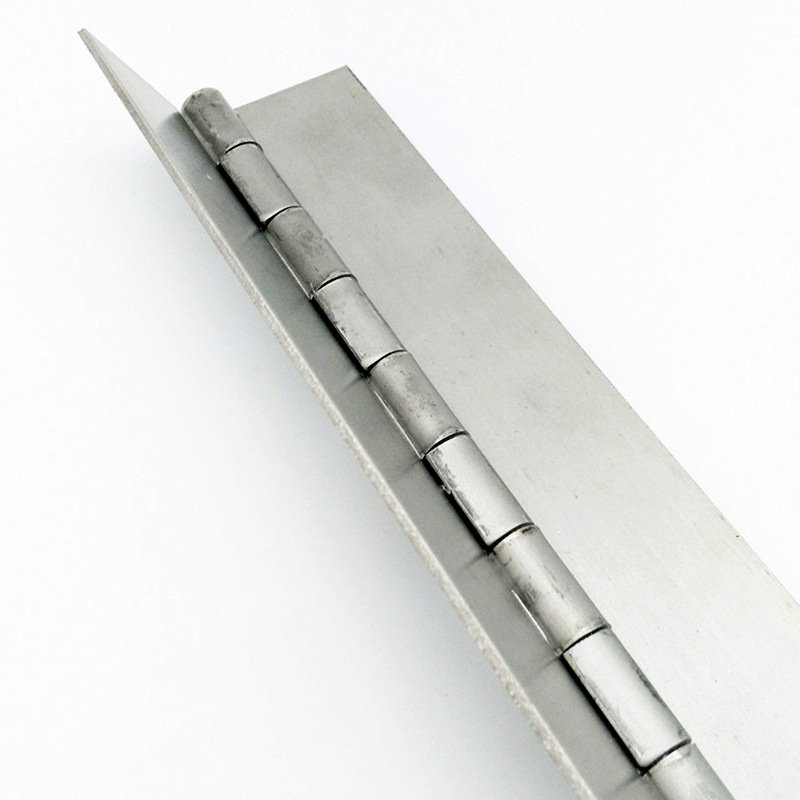
Durability and Vibration Resistance in Harsh Environments
Industrial environments expose hinges to vibration, impact, and weathering. Weld-on hinges excel here due to their structural fusion with the frame, eliminating the micro-movements that cause bolt fatigue. They also withstand heavy lateral forces in mining machinery, transport trailers, and offshore structures.
Bolt-on hinges can perform well if secured with lock washers or thread sealants, but they generally require more maintenance. In outdoor or corrosive conditions, outdoor industrial hinges made of 316 stainless steel or electro-galvanized coatings resist rust and extend service life. However, for continuous operation in vibration-heavy environments, welded hinges remain the gold standard for long-term stability.
Maintenance and Adjustability
Maintenance requirements differ significantly between the two. Bolt-on hinges are favored where frequent door removal, adjustment, or replacement is needed—common in control cabinets, machine enclosures, or modular access panels. Their fasteners can be loosened or replaced on-site, reducing downtime.
Weld-on hinges are less maintenance-friendly but excel in environments where long-term security and zero movement are essential. Any realignment or replacement requires grinding or cutting, making them less practical for adjustable installations. For projects that balance strength and serviceability, engineers may opt for hybrid designs such as Adjustable Torque Stainless Steel Hinge, combining rigidity with controlled movement.
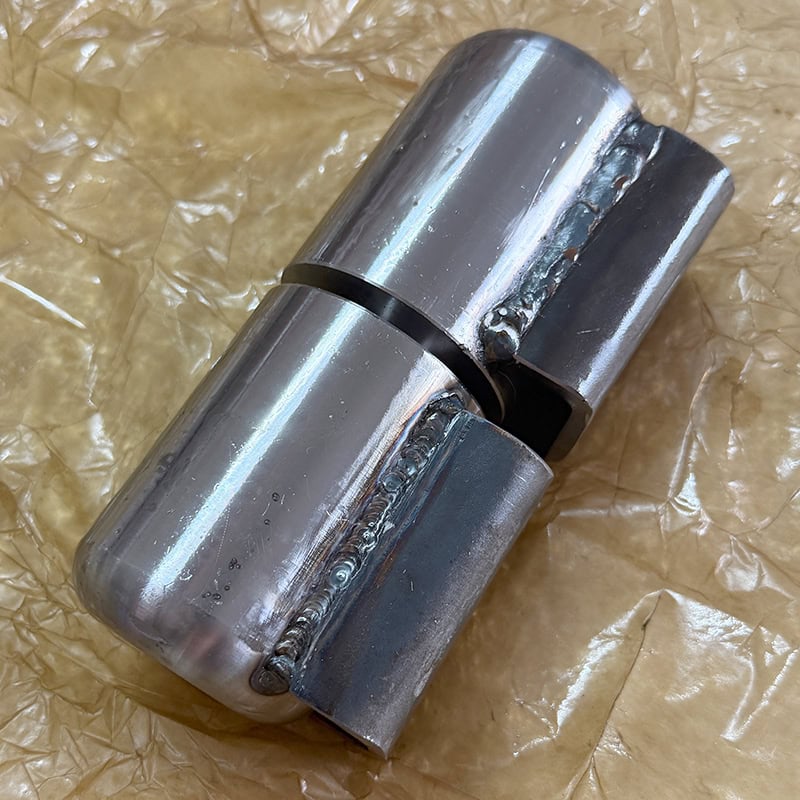
Security and Tamper Resistance
Security is a major consideration in industrial environments such as refineries, telecom shelters, or storage yards. Weld-on hinges offer high tamper resistance because they have no exposed fasteners. Once welded, they form a permanent, concealed bond that cannot be easily removed without specialized tools.
Bolt-on hinges, while easier to install, expose fastener heads that can be targeted for tampering if not protected by security caps or concealed mounting. In applications like electrical cabinets or restricted-access zones, weld-on hinges ensure the highest level of integrity against unauthorized access or vibration-induced loosening.
Cost, Installation, and Use Case Summary
Installation costs vary based on project type. Weld-on hinges demand skilled welders, alignment tools, and precise fitting, leading to higher upfront labor costs. However, they deliver unmatched longevity and structural reliability. Bolt-on hinges are quicker to install and replace, reducing assembly time and labor expenses—ideal for modular or field-assembled equipment.
Recommended use cases:
-
Weld-on Hinges: Heavy-duty gates, cargo containers, industrial machinery housings, high-security doors.
-
Bolt-on Hinges: Modular access doors, adjustable enclosures, light- to mid-duty industrial panels.
Engineers should assess factors like expected load, service access, and environmental exposure when choosing between the two hinge types.
Conclusion
Weld-on hinges provide superior structural strength, vibration resistance, and tamper security for permanent industrial installations, while bolt-on hinges offer adjustability and easy maintenance for modular systems. The right choice depends on your application’s balance between durability, accessibility, and lifecycle performance.

